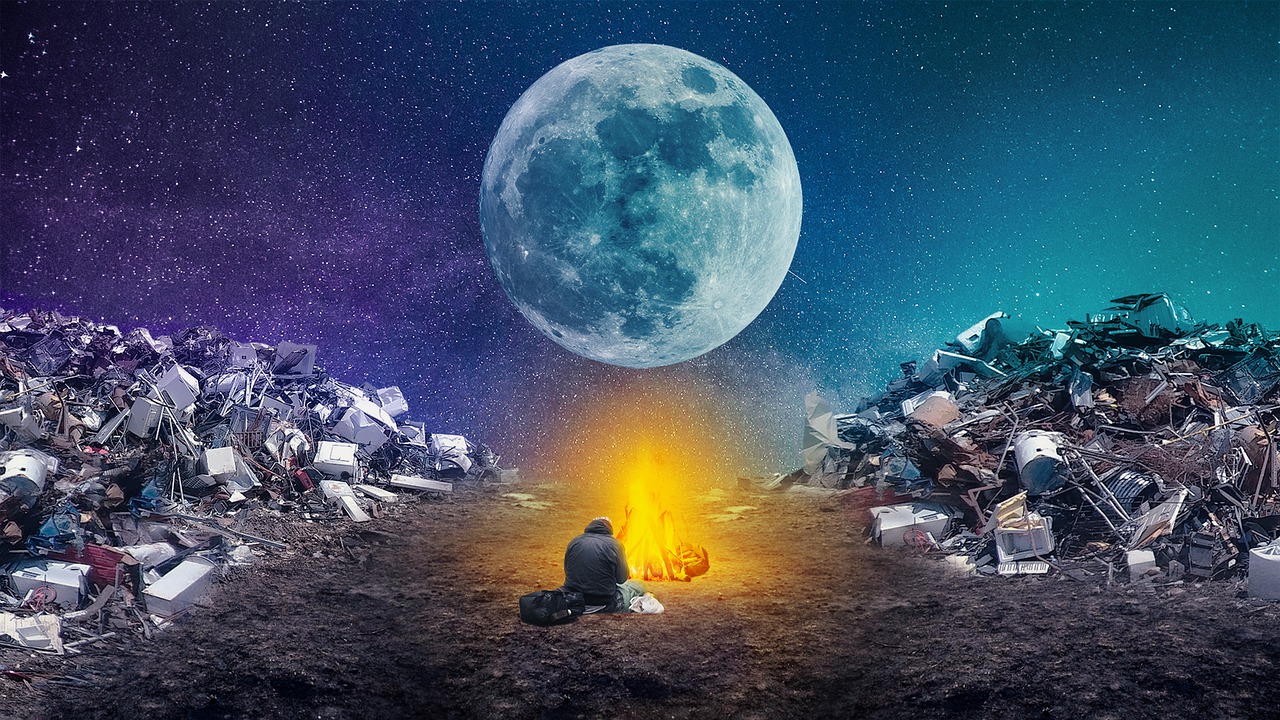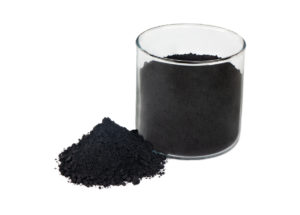Most Americans do not give a second thought to how much trash they produce each day, despite the fact that it is more than four pounds. Four pounds multiplied by 365 days multiplied by over 330 million people is more trash than most people can comprehend. Unfortunately, the majority of it ends up in landfills where it sits for decades before it finally breaks down. The trash rots and leaches chemical into the soil where it sits in the meantime.
Some Surprising Trash Statistics
Michigan, Illinois, and Indiana, all Midwestern states, produce more trash per capita than any of the others. California holds the distinction of having more landfills than any of its 49 neighbors. The Eureka state has more than twice as many landfills as Texas, the state with the next highest number. Landfills in Indiana, the state with the third-largest trash output per capita, are growing at the fastest rate in the nation.
Although people produce more trash than they did in 1960, less of it goes into landfills. According to a study conducted by the Environmental Protection Agency (EPA) Landfill Methane Outreach Program, each American produced 2.7 pounds of trash daily in 1960. Approximately 2.5 pounds of it ended up in landfills.
In 2017, the year the EPA conducted this study, 2.3 of every 4.5 pounds of daily trash generated by Americans went to the nearest landfill. Although this is a good news, bad news scenario, it does provide encouragement for people who work in the recycling industry that their work is paying off.
USA Still Among the Most Wasteful Countries
Recycling rates have more than doubled in the past 30 years, as has the rate of composted trash. Composting describes the process of burning trash to generate electricity. However, this solution is not without its problems since it contributes to environmental decline.
Private companies currently own half of the nation’s 1,280 landfills. What that means in practice is that these companies control what happens to 75 percent of the trash generated by American consumers. Local municipalities own 580 landfills, but at least 300 of those will have to close within the next few years because they have reached capacity.
Because waste production is not slowing down, the landfills that remain will overflow with trash. The result is unwanted environmental stress and potential health hazards for the people who live in municipalities that contain a landfill.
The entire trash and recycling industry has been operating in crisis mode since 2017, the year that China stopped accepting imported recyclable material from the United States. Prior to four years ago, one-sixth of all trash Americans generated went to China. The situation has gotten so urgent that some states must ship trash to other states because they simply have no place to put it.
When Will American Landfills Reach Their Capacity?
An organization called Solid Waste Environmental Excellence Protocol (SWEEP) predicts that the United States will run out of landfill space by 2035 if Americans do not change their consumption and disposal habits. Paper and packaging material take up more landfill space than anything else.
Educational campaigns may convince some Americans of the need to take recycling seriously. The country also needs more environmental groups to step up with innovative solutions to its trash overload problem.




